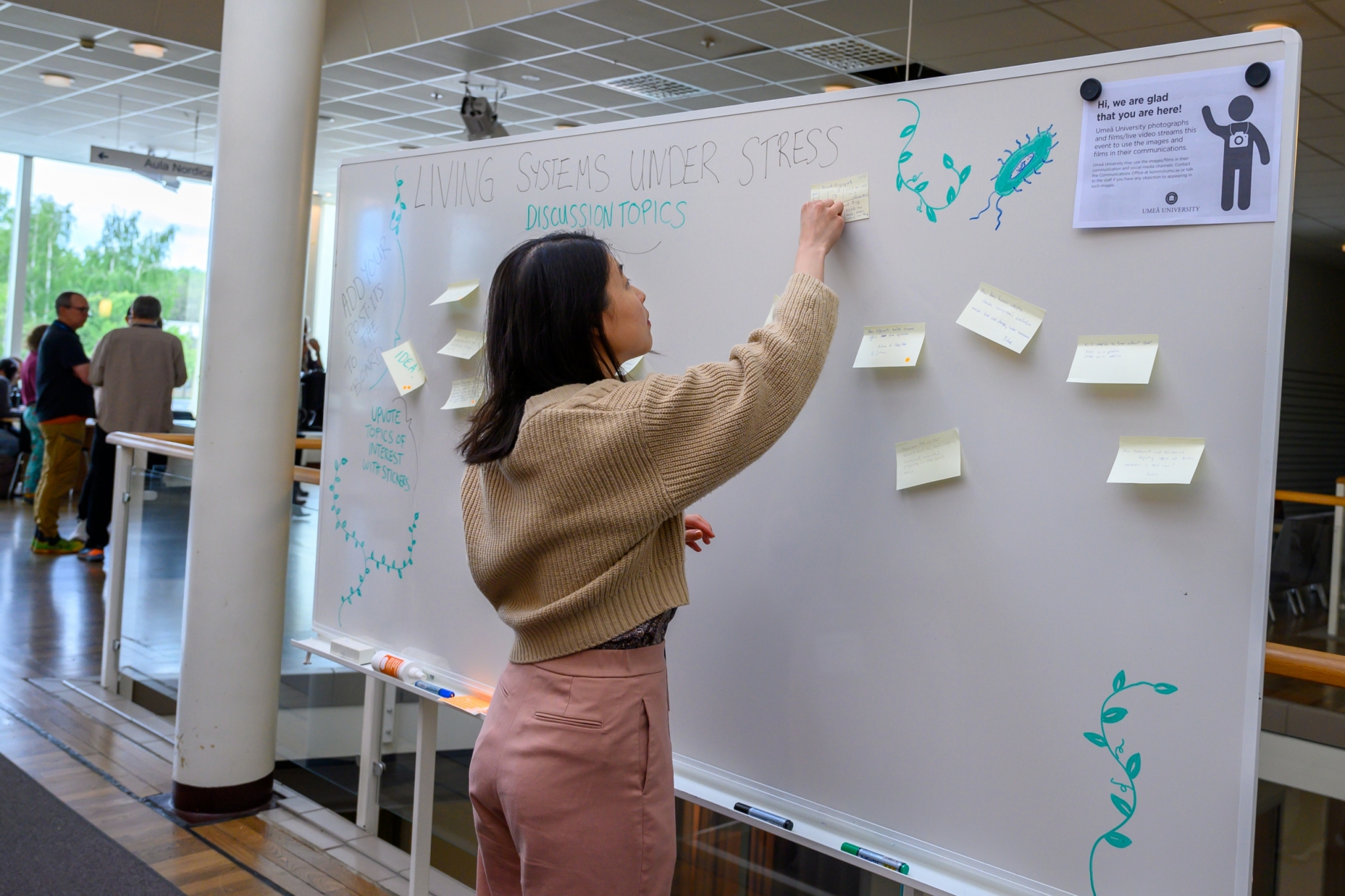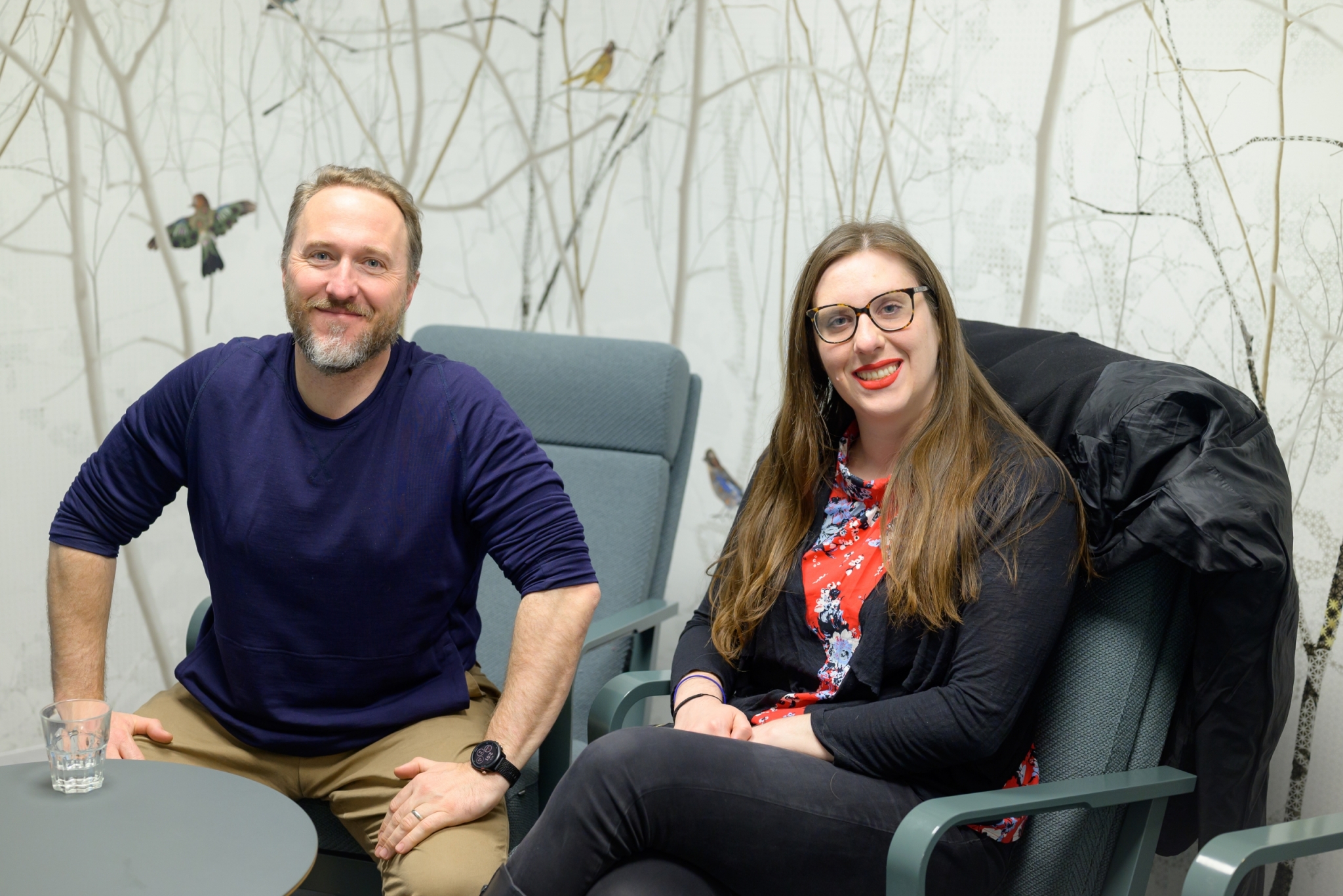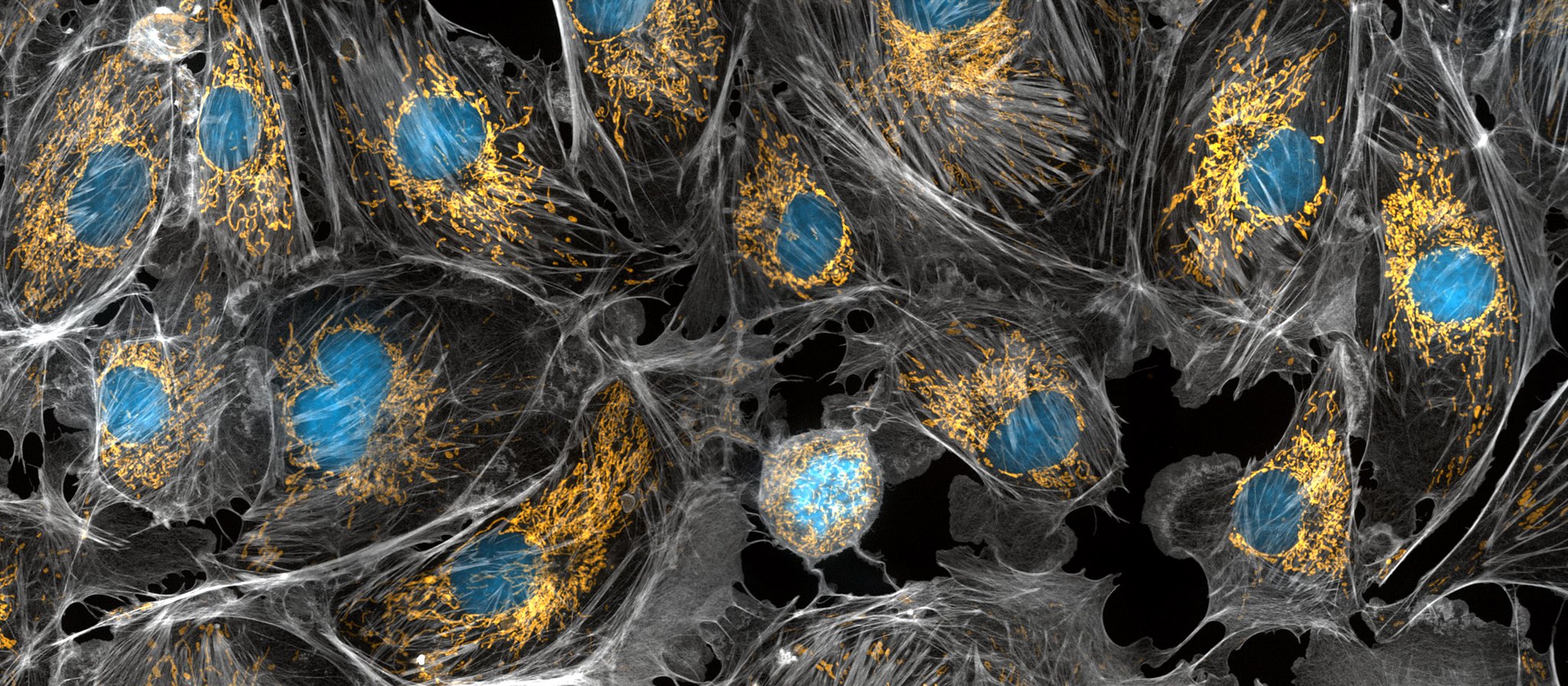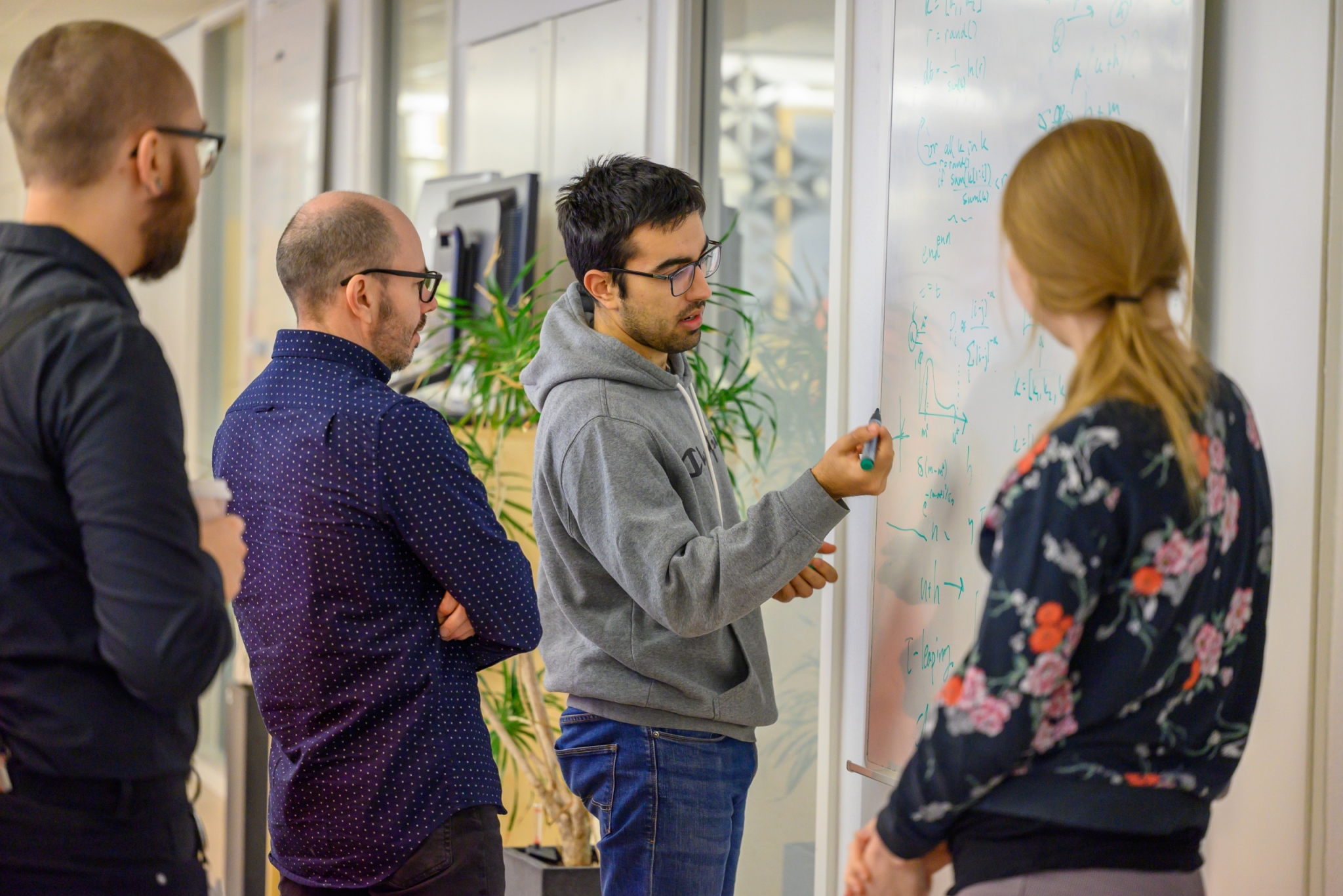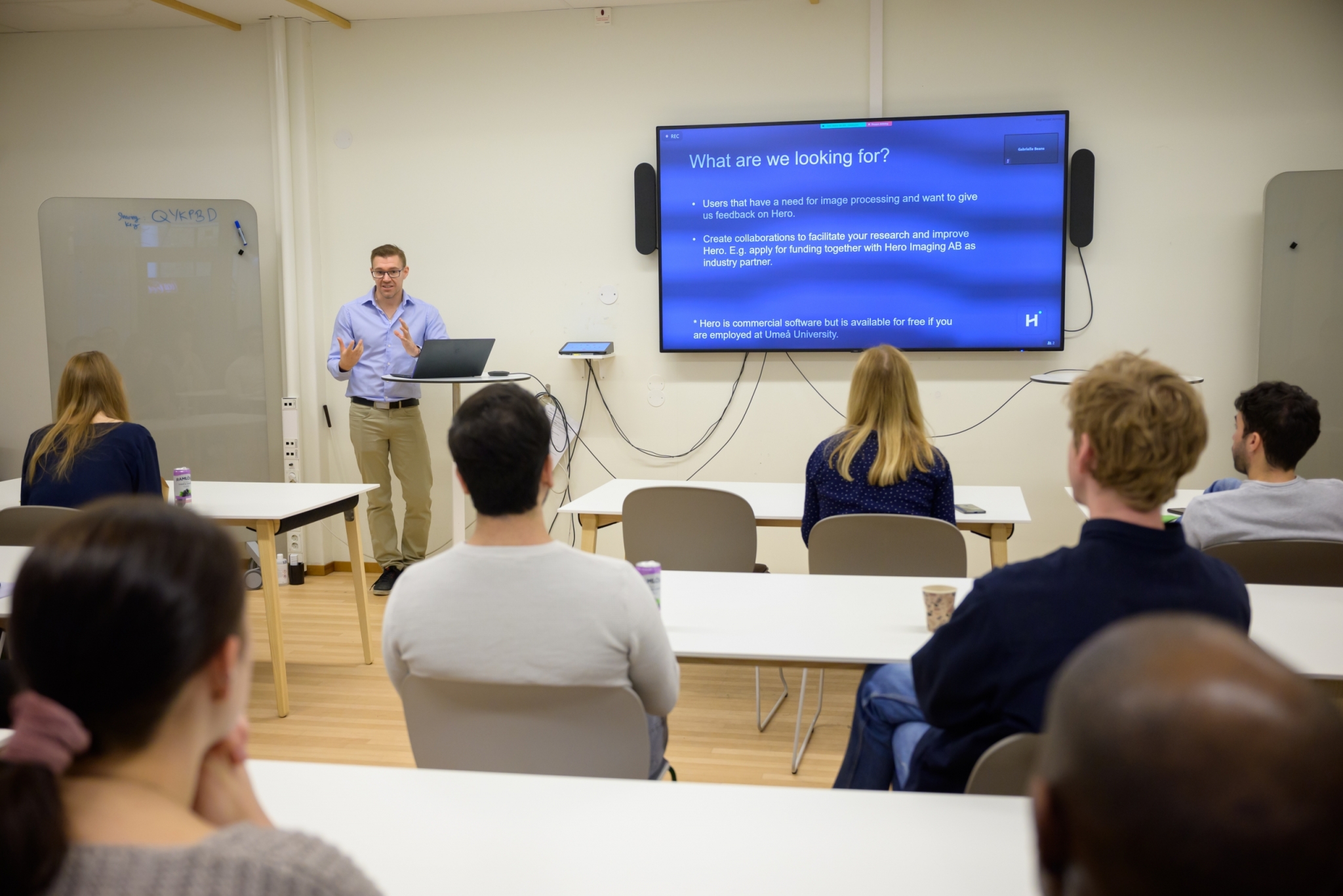Profile
Dominic’s general interests concern the role of inland water ecosystems – lakes, streams and rivers – in the landscape carbon cycle. He is particularly interested in understanding how lakes and streams are transforming carbon – e.g. degrading terrestrial organic matter, emitting greenhouse gases, and sequestering carbon – and the influence of ecosystems connectivity with the adjacent terrestrial, benthic and atmospheric environments. His favoured approaches merge physics, biogeochemistry, field observations and modelling. Physical processes and geomorphology of aquatic ecosystems often play a largely underestimated role in the biogeochemical cycles. Some aquatic ecosystems could be more vulnerable or resistant to environmental changes due to their morpho-geographic features.
Dominic completed his PhD in 2016 at the University of Quebec in Montreal, Canada, studying carbon dioxide dynamics in boreal lakes. After his PhD, he worked as a postdoctoral researcher at the Forel Institute at the University of Geneva, Switzerland, where he investigated greenhouse gases dynamics in a small productive lake. Since 2018, he is a postdoctoral fellow at the Department of Ecology and Environmental Science at Umeå University, building models to understand the role of stream and lakes in the regional and global carbon cycles. He joined IceLab in 2021 to work on aquatic networks and carbon fluxes in a context of climate changes.
Current Projects
The Latest Posts
This Icelabber hasn’t posted yet, but read these while you wait for the first post.


